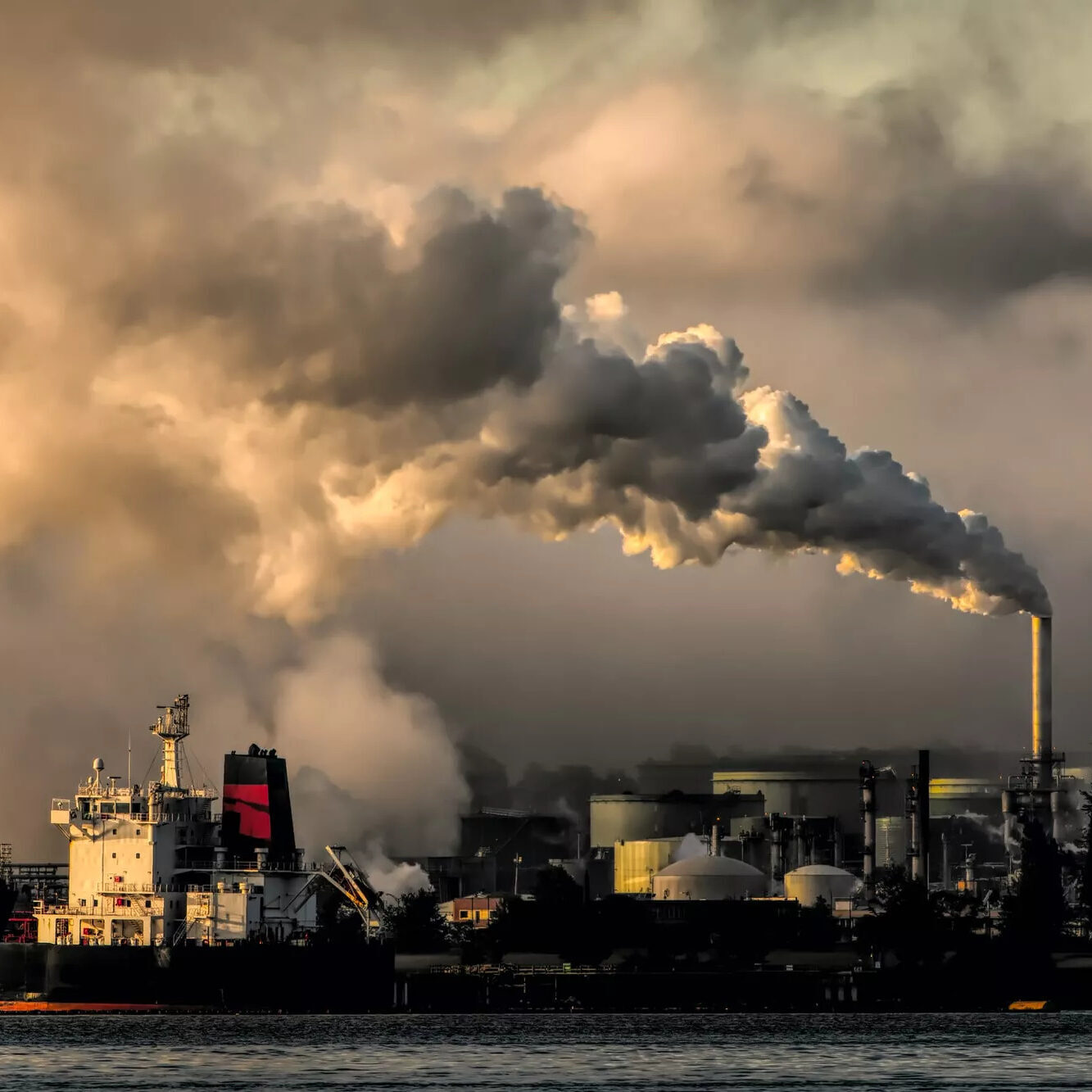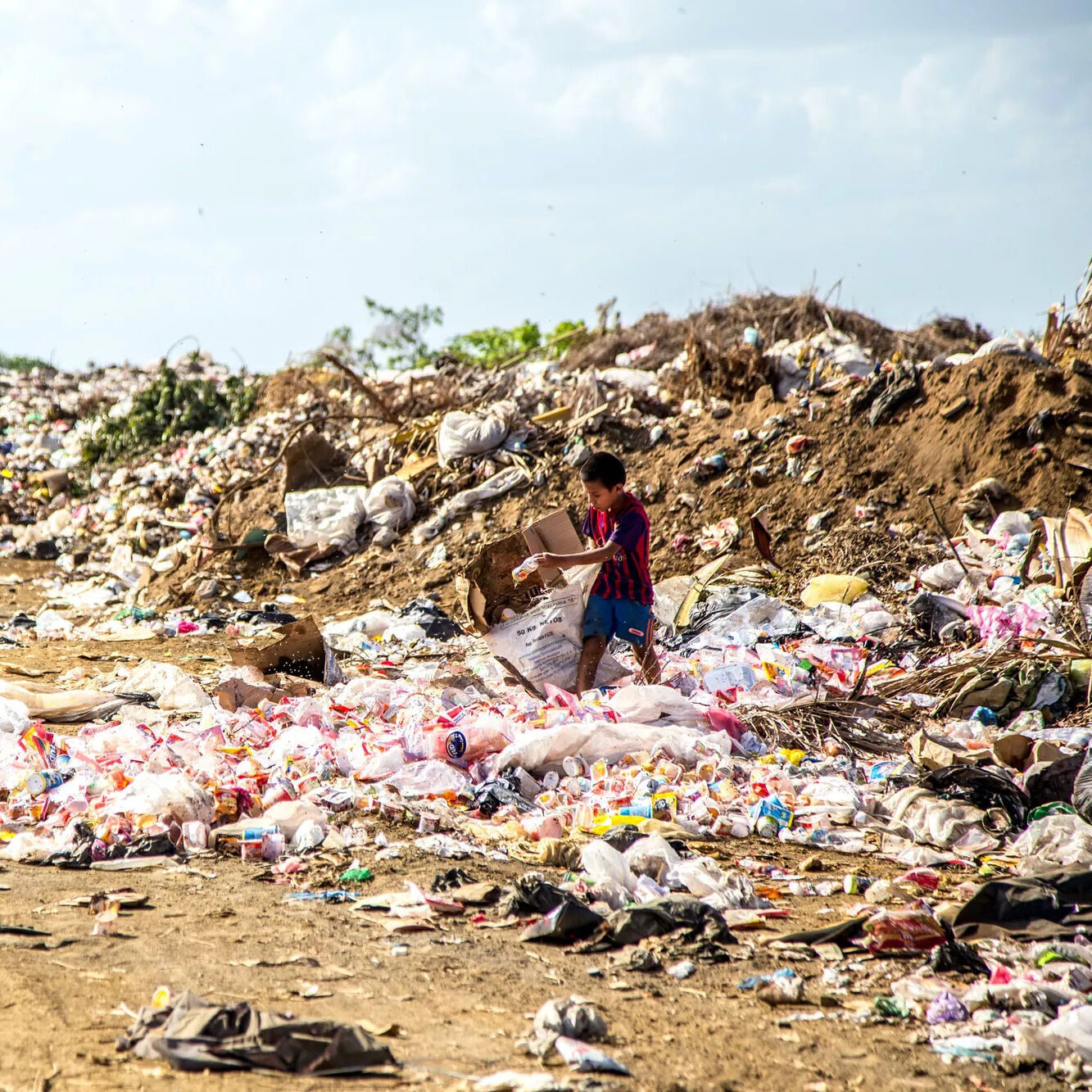
6 November 2025
Sunlight and colour: the hidden drivers of microfiber pollution in the ocean
- Plastics
Sustainability check: Polyester criticised – facts and consequences
Did you know that a significant portion of our clothing is made from the same raw material as our cars and plastic bottles? Polyester, a material that accounts for about 52% of the global textile fibre production, brings 57 million tonnes to the market annually (Source: Textile Exchange Preferred Fibre and Materials Market Report 2021). However, behind the allure of fashion lies a troubling truth that needs to be explored.
A closer look at polyester’s rise to the material of choice reveals a combination of cost savings and versatility that makes it a favourite. This fabric can visually compete with cotton, silk, or wool, but at a fraction of the price. Its design flexibility surpasses natural materials, enabling innovations such as the pleated skirt, which would lose its shape without polyester’s properties.

Combining polyester with other fibres not only enhances softness but also improves the durability and shape retention of garments. However, despite these advantages, such fibre blends complicate recycling at the end of their lifecycle. Additionally, skin irritations can occur, in contrast to the hypoallergenic qualities of many natural fibres. Nevertheless, its functionality, ease of care, and resilience make polyester the ideal material for outdoor and performance clothing.
The affordability of polyester, which makes it so attractive to fast fashion brands, hides the long-term ecological and economic costs. Its production heavily relies on the availability of fossil fuels, raising questions about sustainability and future viability.
Developed in the USA and brought to market in the mid-20th century, polyester revolutionised the textile industry and has dominated it since the 1970s. Particularly, the recycled PET variant receives praise for its lower environmental impact, although it still contributes significantly to environmental pollution.
With the rise of polyester, the fashion industry has undergone a dramatic transformation, enabling an unprecedented acceleration from design to retail. This development has given birth to the fast fashion sector, characterised by rapid production cycles and a constant stream of trend-based collections.
Fast fashion is primarily defined by the quick turnaround of designs into mass-produced clothing, offered at affordable prices. The prioritisation of speed and cost over quality has made polyester a preferred material in this sector due to its inexpensive production and adaptability.
The rapid production and low costs result in consumers owning wardrobes full of barely worn clothing, which is often discarded after a short period of use. Many of these items end up in landfills, where polyester products, due to their durability and non-biodegradability, become a significant environmental burden.

Polyester, a product of modern chemistry, is much more than just a textile material — it is a testament to human engineering, derived from petrochemical resources that are, however, non-renewable. The name “polyester” combines “poly,” referring to the multitude of chemical building blocks used, and “ester,” a term for a group of organic compounds. At the heart of the production process is ethylene, a polymer that originates from refined petroleum.
These raw materials undergo a complex chemical reaction, where dimethyl terephthalate reacts with ethylene glycol. This process occurs in the presence of a catalyst and at temperatures exceeding 280°C. The result is a monomer that combines with terephthalic acid to form long, transparent, molten polyester strands. After cooling and drying, these strands are ready to be remelted and eventually spun into yarns or woven into fabric sheets — a process that paves the way for a wide range of textile applications.
It is particularly noteworthy that China dominates the market for polyester fabrics, followed by other manufacturing giants such as India, Japan, Indonesia and Taiwan. Together, these countries make a significant contribution to the global supply of polyester, ensuring material availability and expanding textile options. (Sources: Madehow, Sewport)
While PET (polyethylene terephthalate) is most commonly used in clothing, PCDT (poly(1,4‑cyclohexylene dimethylene terephthalate)) also finds its place in the textile industry due to its elastic properties. Despite the diversity within the polyester family, the environmental impact of polyester, from raw material extraction to disposal, remains a critical issue. (Source: Sewport).
From oil extraction to the final product, polyester contributes to environmental pollution in numerous ways, including CO2 emissions, water pollution, and the release of microplastics. These factors not only strain ecosystems but also harm the health of humans and animals.

The production of polyester begins with the extraction of petroleum, a process that takes place both on land and offshore. Although this step is not inherently polluting, potential underwater leaks and transportation accidents (such as spills from ships) pose environmental risks. This phase marks the first step in a resource-intensive process that positions polyester as a major player in the fashion industry.
The conversion of petroleum into polyester requires substantial amounts of energy and water, from raw material extraction to fibre production. Notably, polyester factories, particularly in China, emit significant quantities of CO2, as they are often powered by coal and oil. Experts estimate that the production of polyester fibres consumes 125 megajoules per kilogram and releases approximately 27.2 kg of CO2 equivalent per kilogram of woven fabric. (Sources: Muthu S and Gemeinsame Forschungsstelle der Europäischen Kommission) Given the ongoing climate change, polyester’s share of the global carbon budget could increase drastically by 2050.
Another significant problem is water pollution caused by improper wastewater disposal in the supply chain. Wastewater from textile production, contaminated with dyes and chemicals, often flows untreated into local waterways, which has serious ecological and health implications. (Source: Environmental Sciences Europe)

Polyester plays a central role in the production of microplastics. This issue arises when garments made from polyester and other synthetic materials, such as acrylic, are washed, releasing tiny particles that end up in the environment. Studies, including one by the IUCN in 2017, indicate that up to 35% of microplastic pollution in the world’s oceans can be traced back to synthetic textiles. Particularly alarming is the fact that a single wash of 6 kg of polyester clothing can release up to 496,030 microplastic particles, which then enter our waterways, ultimately infiltrating the food chain and even being detected in our bloodstream.

Although polyester is valued for its durability, this very characteristic poses a significant environmental problem. Polyester is not biodegradable and can therefore persist in the environment for centuries, whether in landfills or waterways. EU data indicates that European citizens consume nearly 26 kg of textiles per year and dispose of approximately 11 kg, a substantial portion of which is made from polyester.
Given the negative environmental impact of polyester, COSH! recommends choosing more sustainable fabric alternatives such as organic cotton, linen, hemp, Ecovero viscose, or Tencel. For items that are washed less frequently, like backpacks or winter jackets, recycled polyester can be a better option. It is important to note that polyester recycling in the EU is subject to strict regulations, meaning that most recycled polyester clothing is made from PET bottles rather than old garments.
For polyester clothing that has already been purchased, it is recommended to use and care for these items carefully to maximise their lifespan. Investing in microplastic filters for washing machines or purchasing a Guppyfriend washing bag can help minimise the release of microplastic particles.
By making more conscious shopping choices, promoting more sustainable materials, and supporting recycling initiatives, we can collectively reduce the environmental impact of polyester and microplastics. A more sustainable future in fashion is possible if we choose alternatives that protect both the environment and our health.

6 November 2025

29 October 2025

20 October 2025